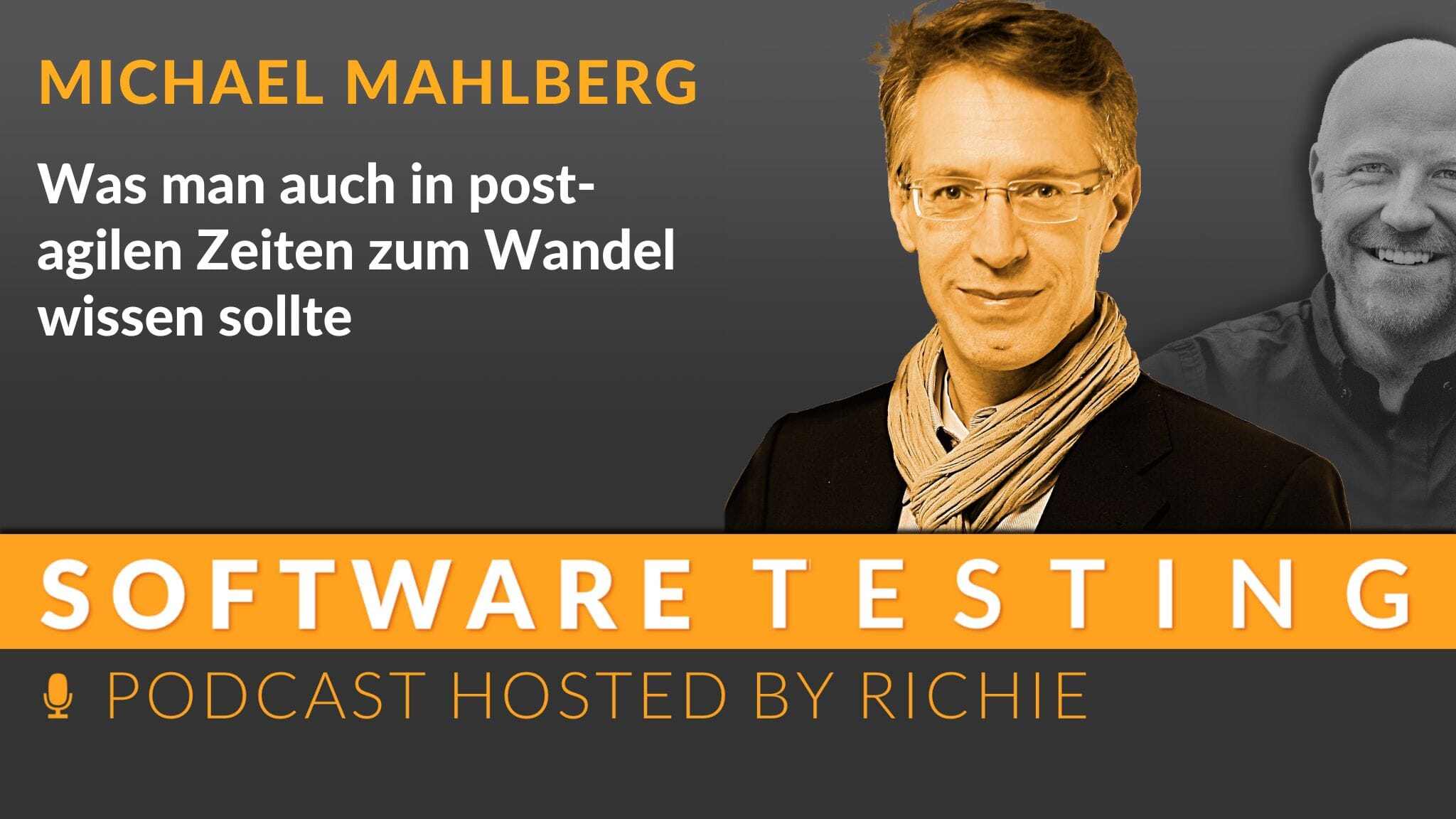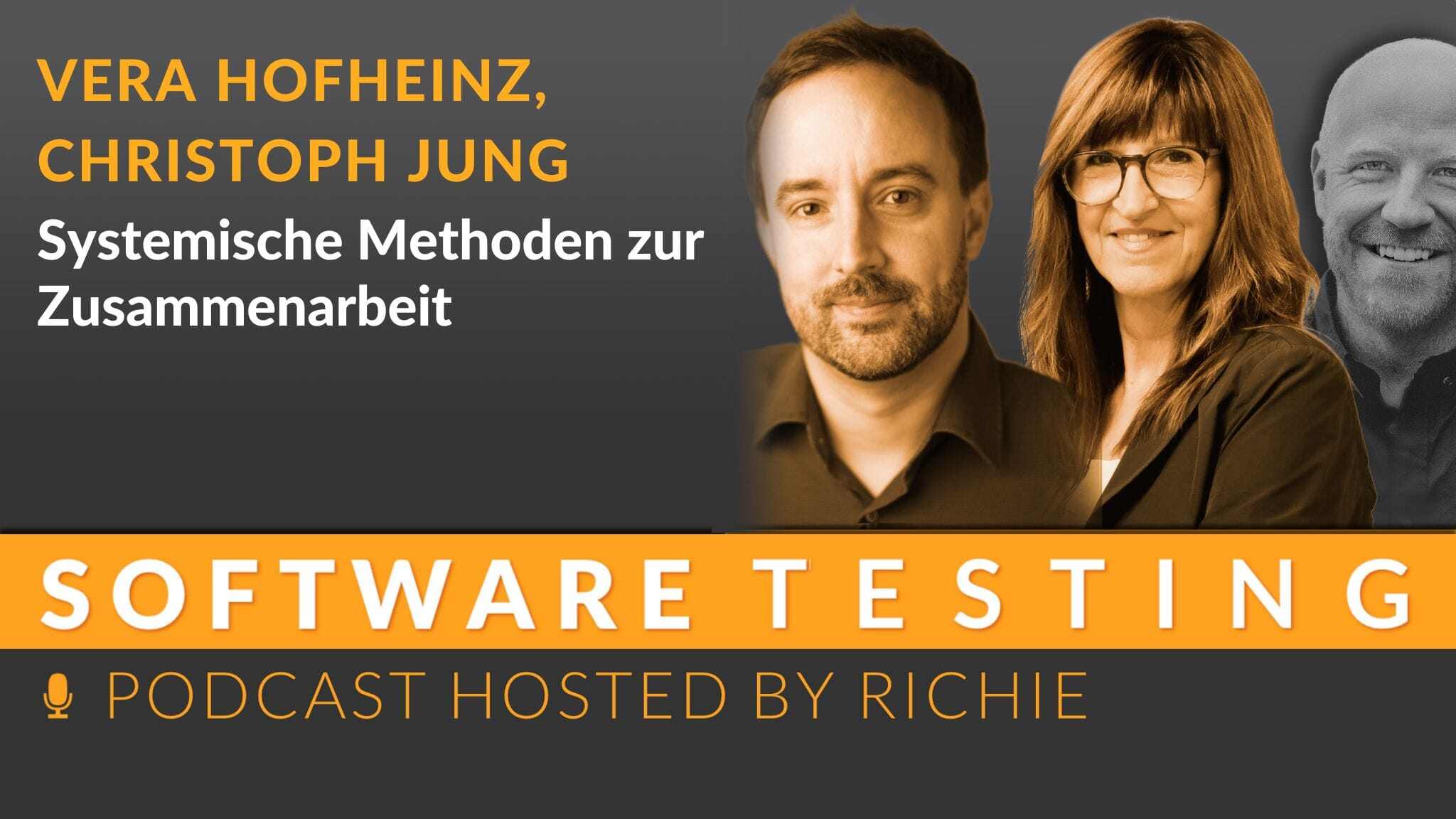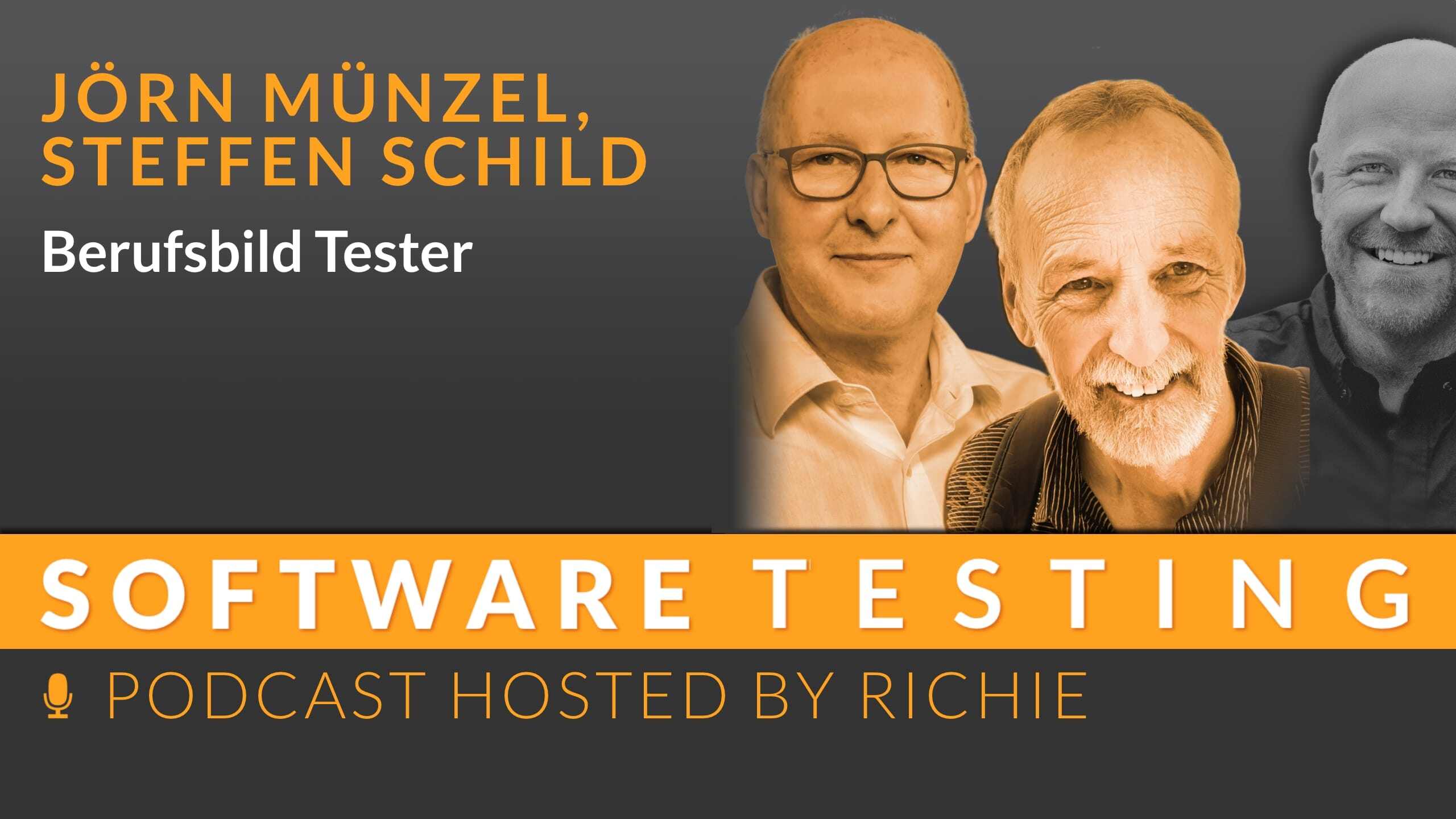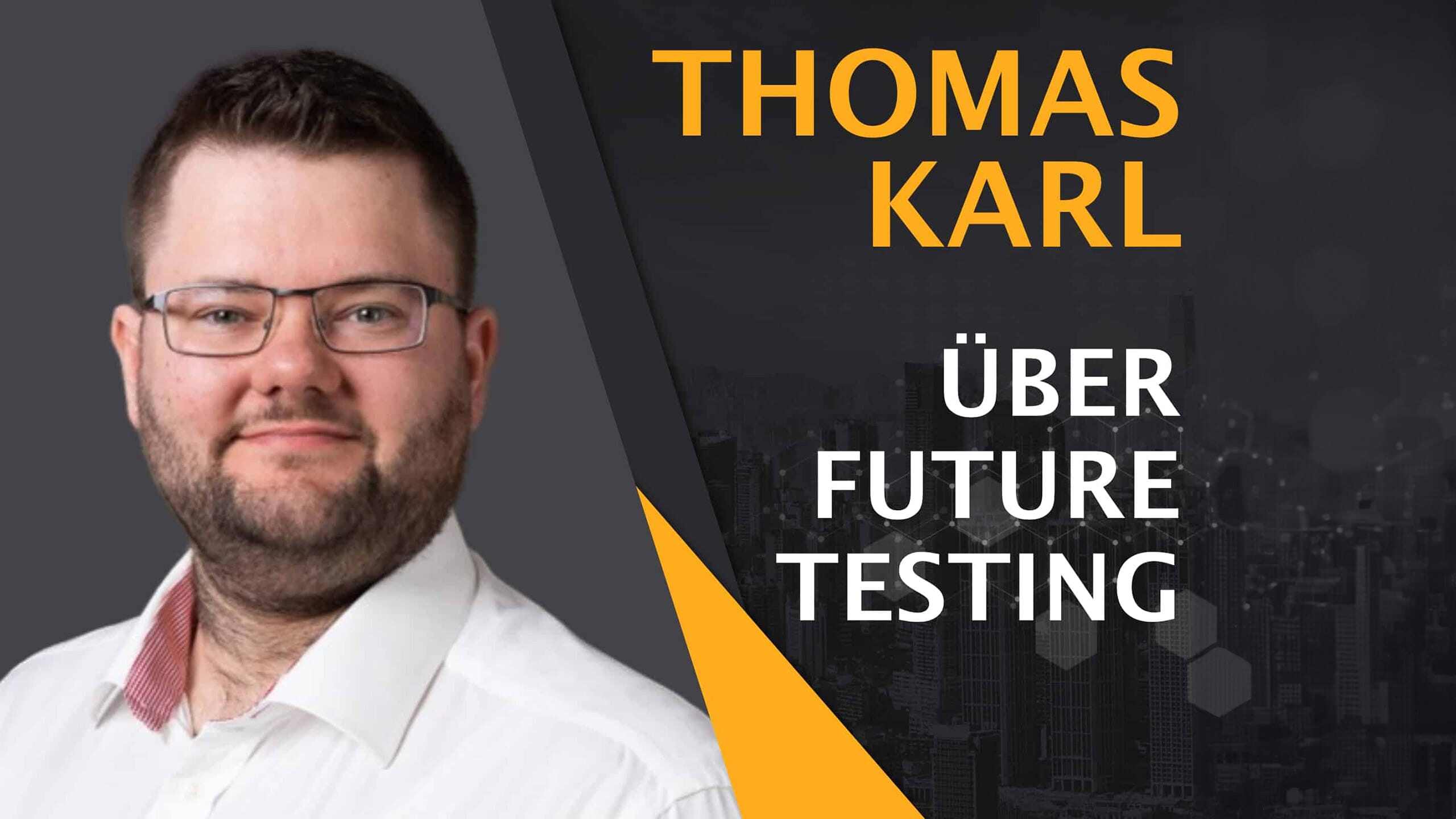Systemic Methods for Collaboration
How can systemic approaches in consulting and coaching transform teams and companies? Vera Hofheinz and Christoph Jung explain the importance of...

How to get out of the hangover of an agile transformation and which proven models from the past help to better understand and implement change? Michael Mahlberg provides insights into how models such as John Kotter’s and the Satir Change Model can be used to achieve effective and sustainable change in organizations. Understanding and applying these models is critical to successfully implementing change. A gradual and deliberate approach helps to avoid overwhelm and ensure long-term success. In doing so, it becomes clear how important it is to remain continuously adaptable and to face the challenges of change.
“This (post-agility) is more comparable to ‘post-modernism’. This post-something is generally used when a topic has arrived in society at large, but has also lost its sharpness and clarity” - Michael Mahlberg
Michael Mahlberg has been supporting clients in organizational development with lean and agile methods, especially Kanban, since the 1990s. He was co-founder of the Cologne-based “Limited WIP Society” and speaks regularly at conferences. His focus is on the helpful use of these methods at personal and team level, accompanied by his mantra: Accept Reality.
Highlights of this Episode:
Further links:
Michael Malberg talks about the challenges and opportunities that arise after an agile transformation. He presents models such as the Kotter model and the Satir change model, which can help to shape change in companies more effectively.
Today I’m talking to Michael Mahlberg about a topic that concerns many companies after an agile transformation: the so-called hangover. This phase is characterized by a feeling of exhaustion and disorientation after extensive change processes. It’s like being in a constant state of transformation without really seeing progress or understanding which historical models of change management could already offer valuable solutions.
Michael introduced the term ‘post-agility’, which aims to describe the current situation of many companies after their agile transformation. The idea behind it is that agility is now so widespread that it has lost its sharpness and the term has become vague. This state requires new ways of thinking and methods in order to effectively tackle the next stage of organizational development.
One of the models Michael highlights is the Kotter model for change management. This eight-step model offers a structured approach to managing transformation processes. Starting with building a sense of urgency, building a leadership coalition and anchoring new approaches in day-to-day business, the Kotter model provides companies with a guide to successfully manage change processes.
In addition to the Kotter model, Michael also emphasizes the importance of the Satir Change Model, which focuses on individual change. Originating from family therapy, this model can help to understand how people react to change and what processes they need to go through in order to adapt to new circumstances. This understanding is particularly valuable for teams and managers who accompany employees through transformation phases.
So how can this theoretical knowledge be put into practice? Michael suggests looking at different models like a toolbox and applying the right model depending on the situation. It is important to regularly reflect on the change processes you are undergoing and how you can shape them effectively. Developing an awareness of this and continuously sharpening it is crucial for the success of any form of organizational or personal change.
Change in companies is not a one-off event, but a continuous process. Kotter and Satir’s models offer valuable approaches for successfully shaping this process. Ultimately, however, it is about developing a deeper understanding of the dynamics of change and being able to react flexibly to new challenges. Agile transformation is an ongoing discovery of new possibilities.

How can systemic approaches in consulting and coaching transform teams and companies? Vera Hofheinz and Christoph Jung explain the importance of...

In this episode, we talked about what skills a tester needs nowadays and how the job description of a tester has changed in recent years. How the way...

Thomas Karl is Head of Quality Transformation Services and Thought Leadership Portfolio Lead of Software Engineering for Germany, Austria and...